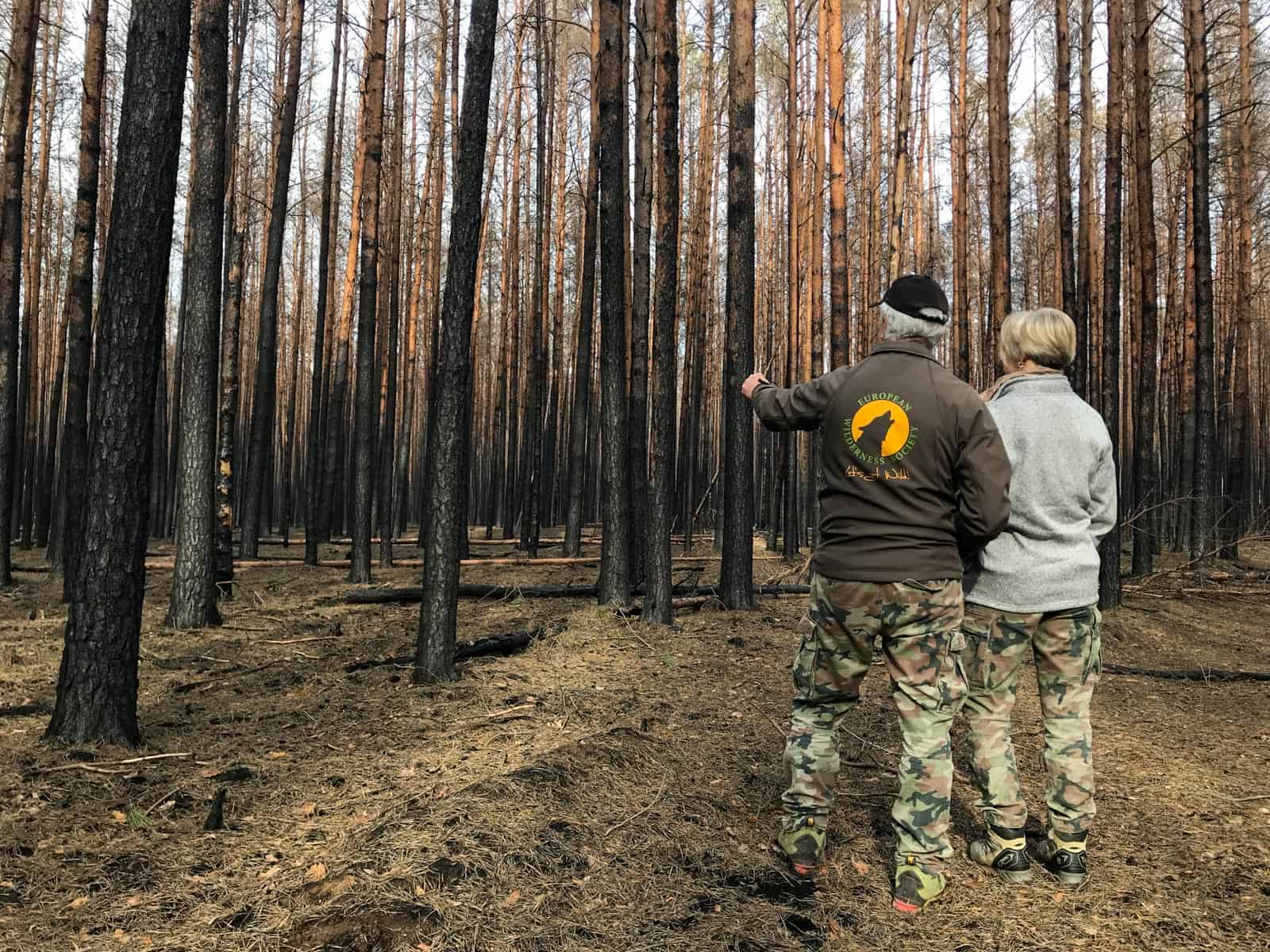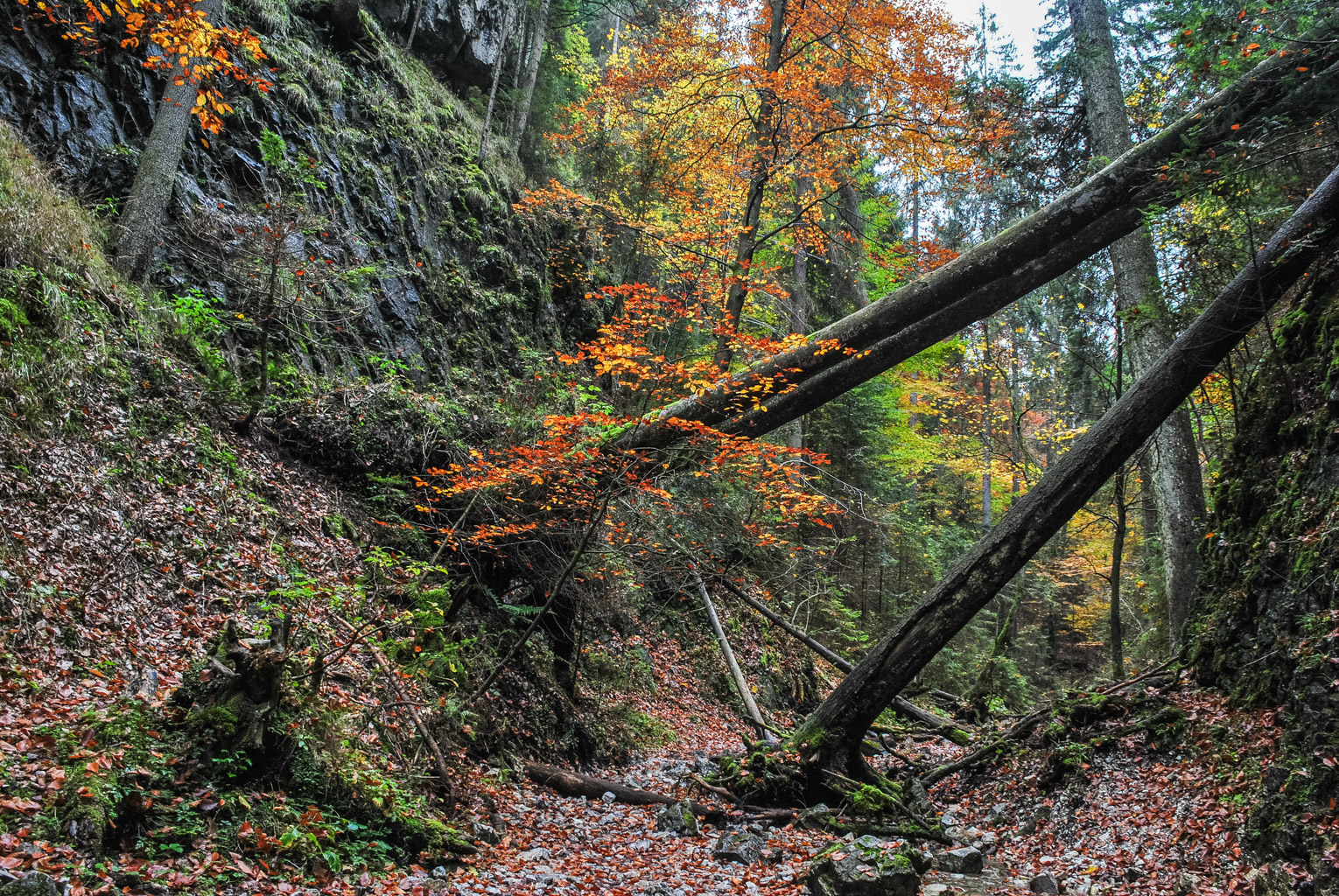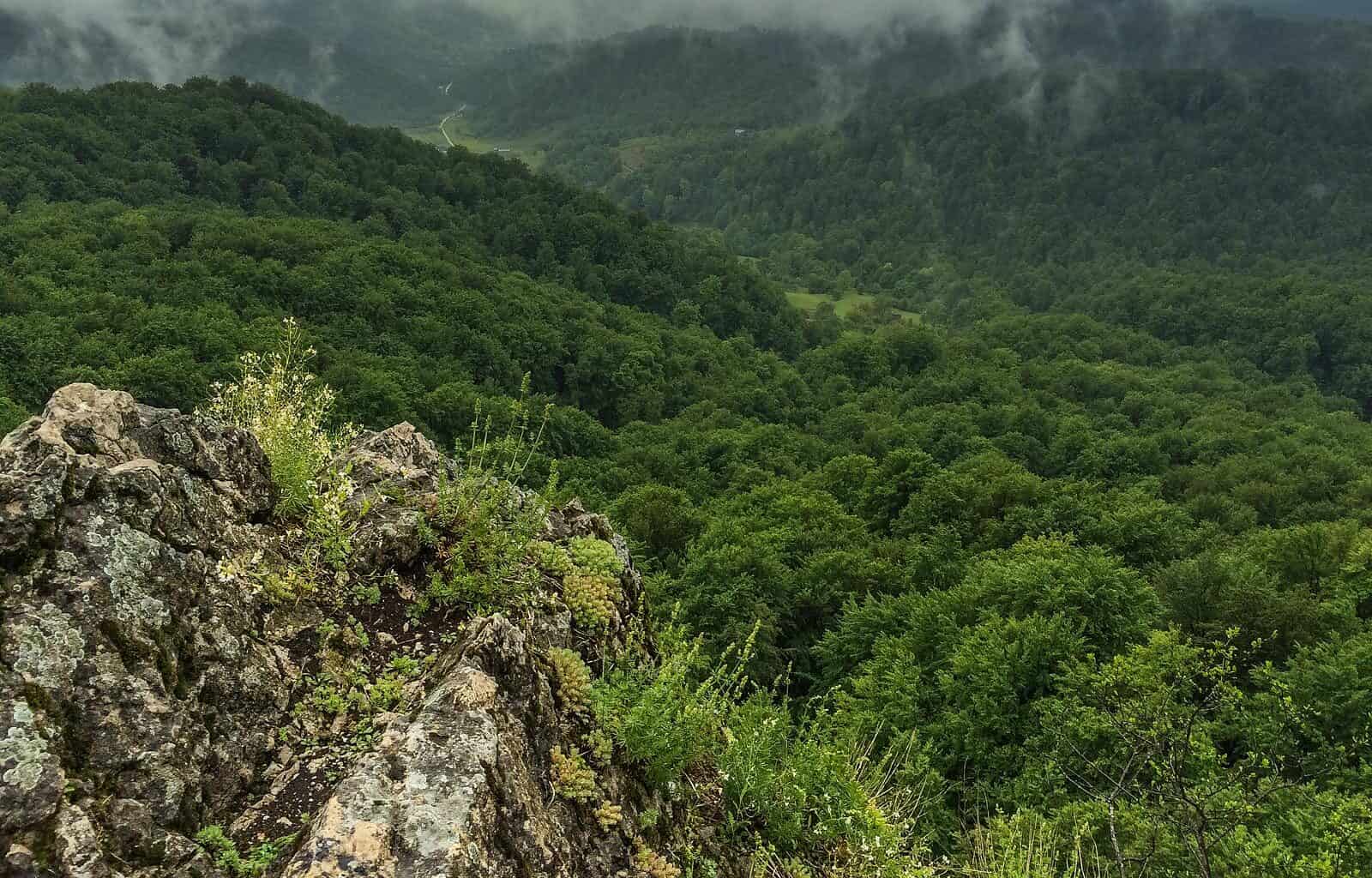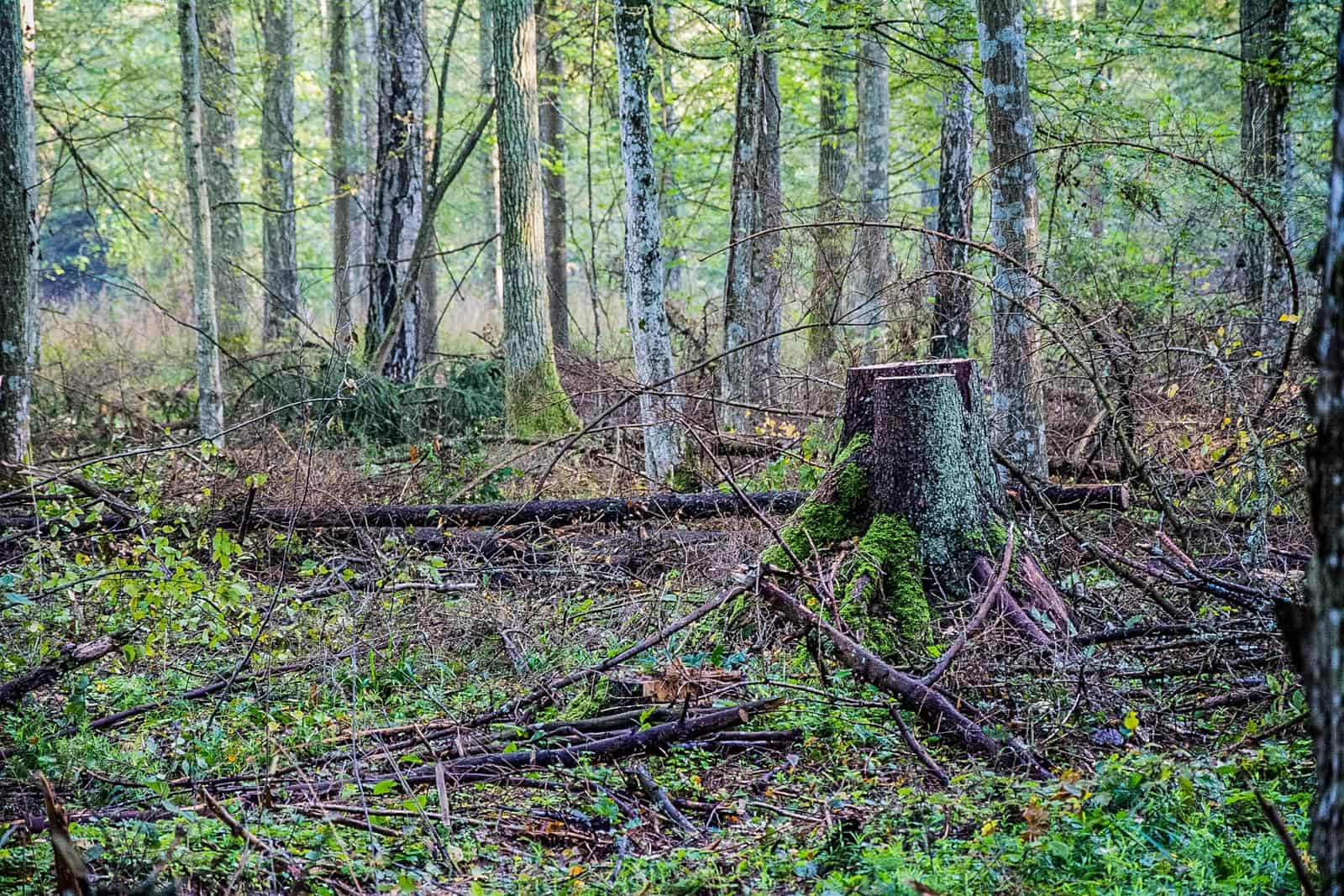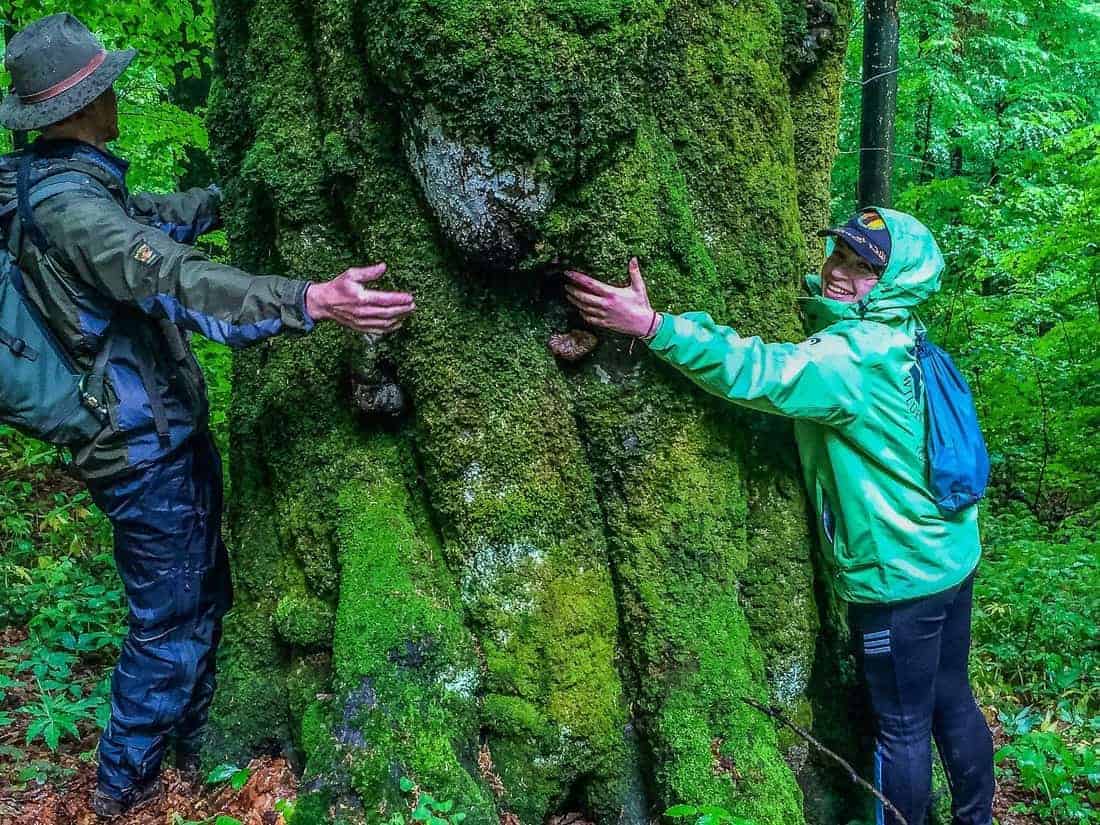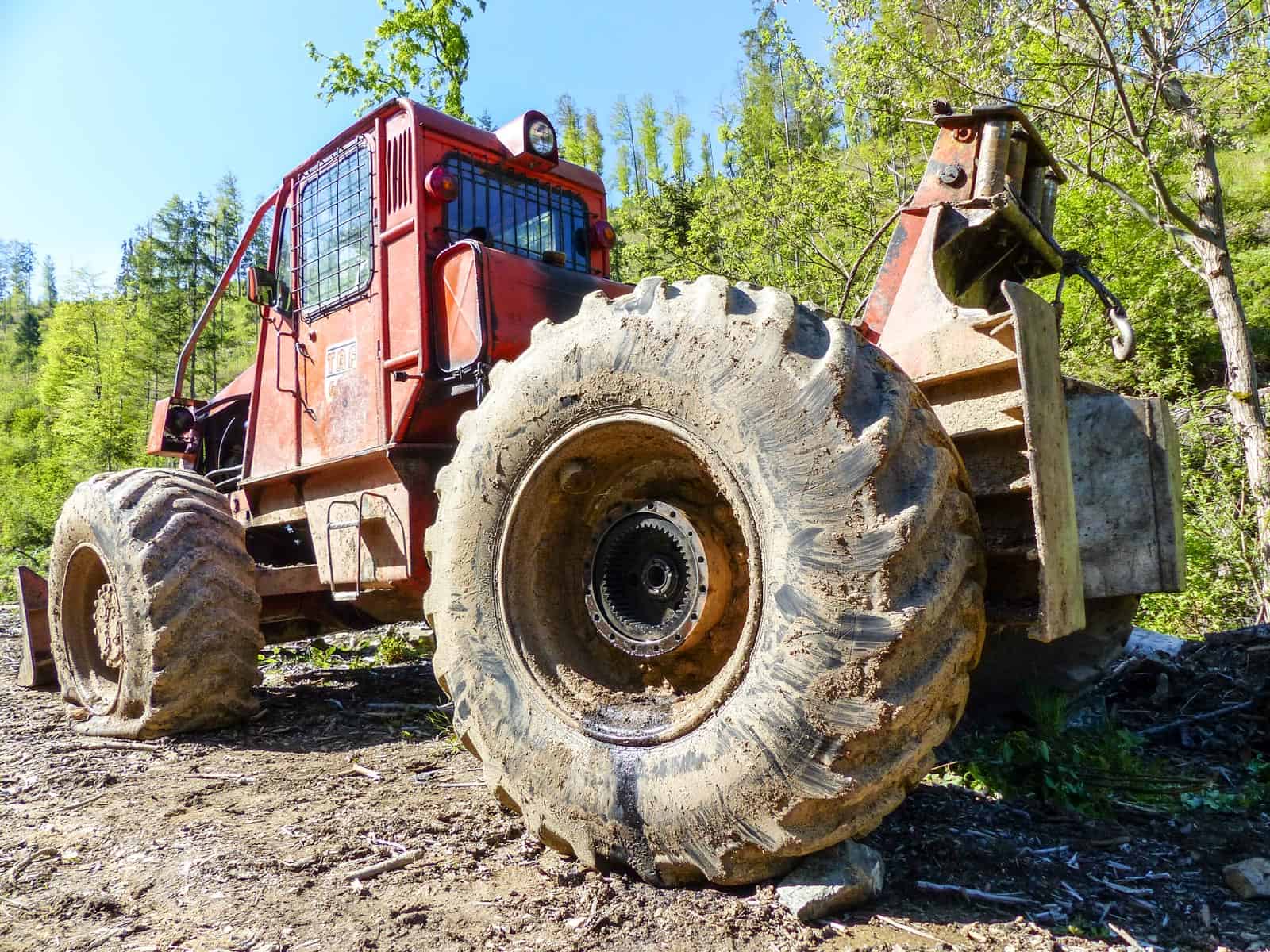Call for a radical change to stop deforestation once and for all
New report by WWF reveals that a forest land area totaling 43 million hectares was cut down in just 13 years time. The study shines a light on 24 “deforestation fronts” across 29 countries. In these fronts, deforestation is evolving rapidly and causing immense damage to vulnerable ecosystems. Therefore, WWF is calling individuals, businesses and governments to use COVID-19 pandemic as a trigger for greater action to safeguard forests.
Please also read: Deforestation in Europe increases
Deforestation fronts
WWF published the report Deforestation fronts: Drivers and responses in a changing world on 13 January 2021. It analyses 24 “deforestation fronts”, which refers to places that are home to some of the world’s most vulnerable communities and endangered wildlife. It is in these places where the deforestation has reached unprecedented rates. These deforestation fronts are located across 29 countries in Asia, Latin America and Africa. They are in Latin America (Amazon, Gran Chaco, Cerrado, Chocó-Darién, Maya Forests), Sub-Saharan Africa (West, Central and East Africa) and Southeast Asia and Oceania (Mekong, Sumatra, Borneo, New Guinea, Eastern Australia). More than 43 million hectares of forest were lost in these areas over a 13-year period from 2004 to 2017.
It is heartbreaking, that more than 60% of global forest cover loss is occurring mainly in the tropics and sub-tropics. These areas also host most versatile and vulnerable ecosystems. In addition, deforestation in biodiversity hotspots is destroying the important ecosystem services forests provide. For example, in the Brazilian Cerrado (which contains 5% of the planet’s animals and plants) cattle and soy industries cleared forest to grow their production. This resulted in the loss of a third (32.8%) of Cerrado forest area between 2004 and 2017.
Deforestation causes
Commercial agriculture, without no doubt, is the leading cause of deforestation globally, according to the report. For example, forest land is cleared to create fields for large scale crop or livestock growth. The report notes that beef and soy farming in Amazon and palm oil plantations in Southeast Asia are currently the major deforestation drivers.
Other causes for deforestation include logging, human migration and population growth, extractive industries (mining, oil and gas), transport and infrastructure projects and expanding towns and cities. However, the exact causes of deforestation are very varied depending on region and time.
Deforestation in Europe
Even though forest loss is most intense in the deforestation fronts, other parts of the world also experience loss of the forest land. A study found that the area of deforestation has risen dramatically across Europe within the last two decades. The area was 49% higher from 2015 to 2018 compared to 2011 – 2015. The loss of biomass increased even more with 69%. 22 out of 26 EU countries have increased their harvest rate. The ones with large old-growth forests, including Sweden, Finland, Romania and Poland, show some of the most dramatic rises.
Even Wilderness areas are not safe from the greed of loggers. One of the ongoing fights between nature conservationists and loggers occur in Jalovecka Wilderness. The challenge is that although the area is located in a National Park, the land belongs to three local landowners associations. Two of them want to harvest broken timber and one of them even healthy trees. However, the Slovakian government agreed to pay the landowners associations financial compensation for the non-processing of the timber.
Call to stop destruction of forests
We, as humanity, urgently need to change our attitude towards nature. Communities should use the COVID-19 crisis as a chance to stop and think of new ways to coexist with nature. We must reconsider over-consumption and over-exploitation and recognize that health of the nature is the most important. This change has to happen – otherwise humanity will destroy itself together with the nature.
WWF urges citizens and governments to use the COVID-19 crisis to open doors for the changes needed to save forests. That would help prevent the next pandemic by putting a stop to deforestation once and for all. Private people can contribute by protecting nature where they live. For example, by avoiding products linked to deforestation (such as meat, soy and palm oil products) and by demanding from politicians and leaders to develop policies that halt deforestation and restore ecosystems.


